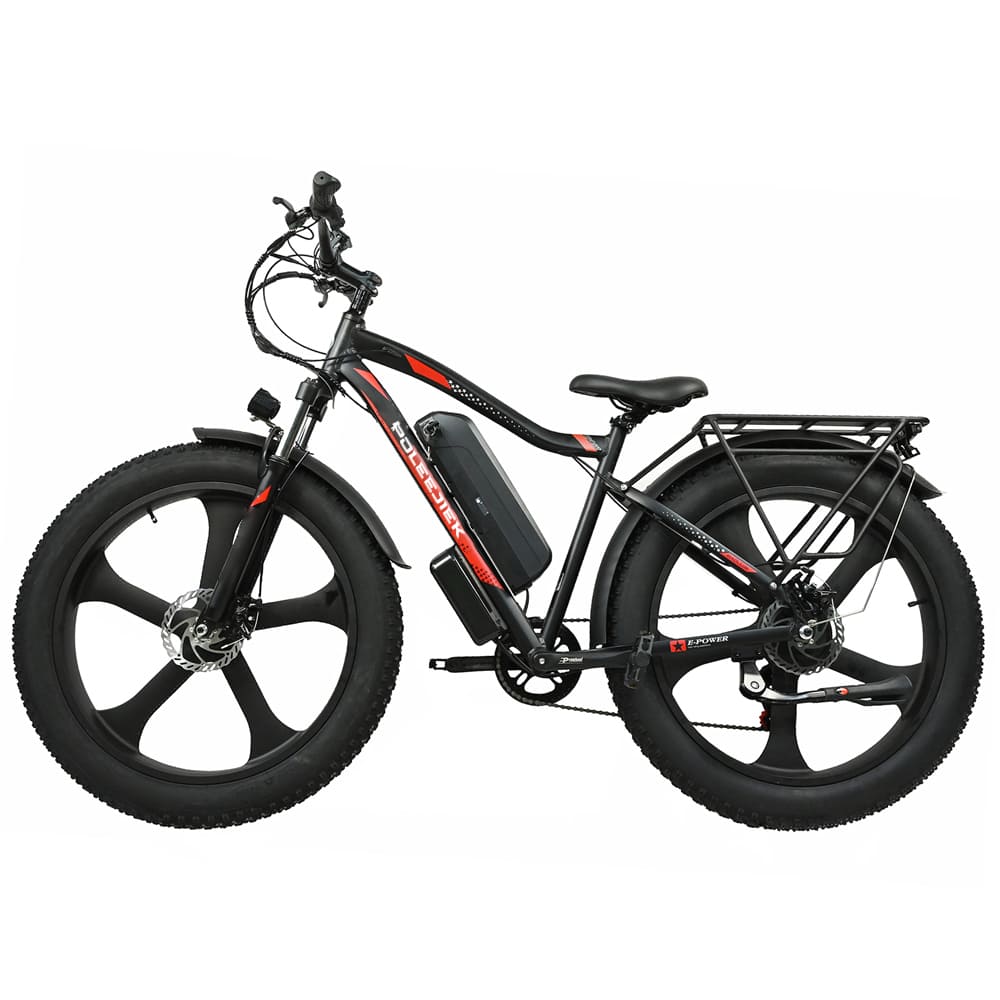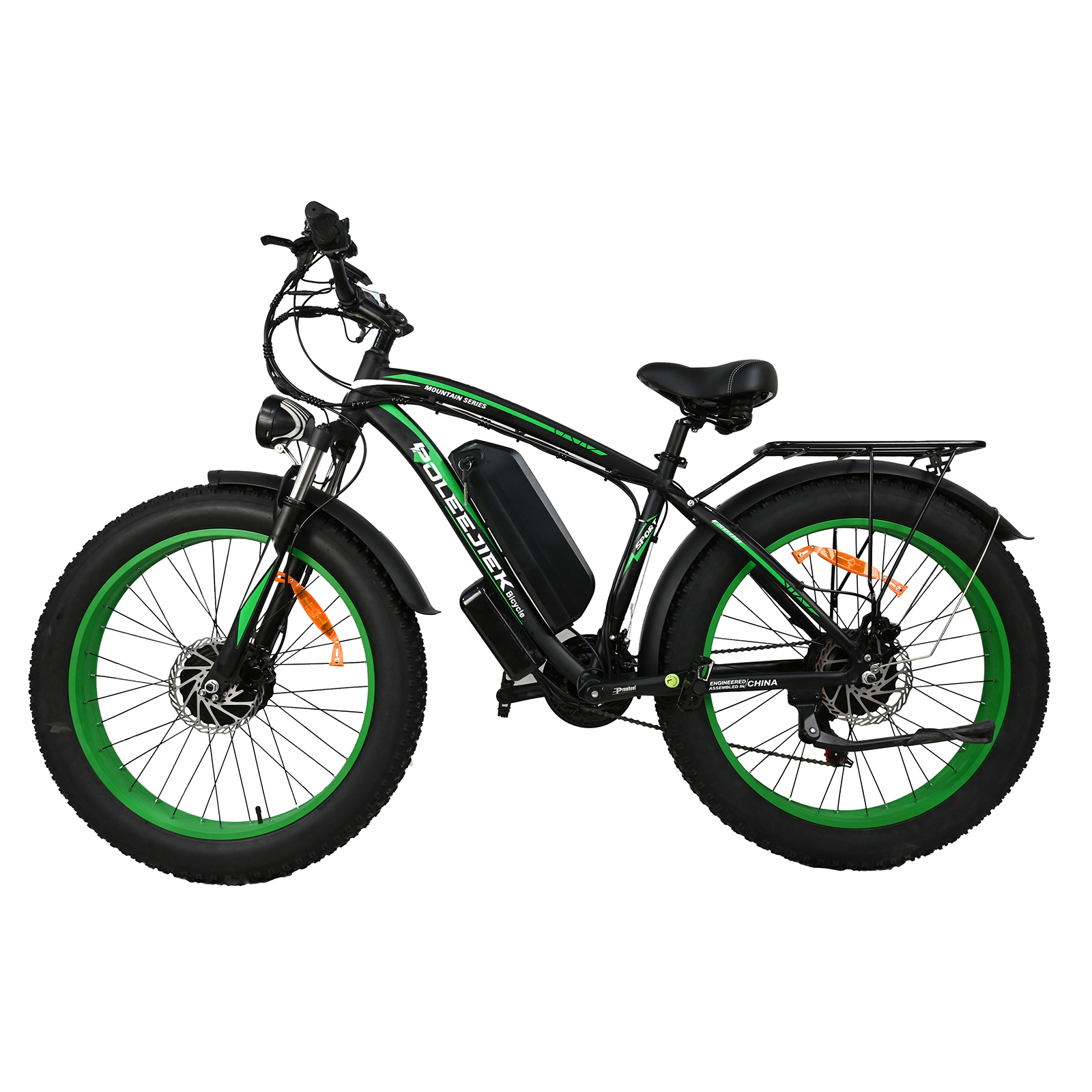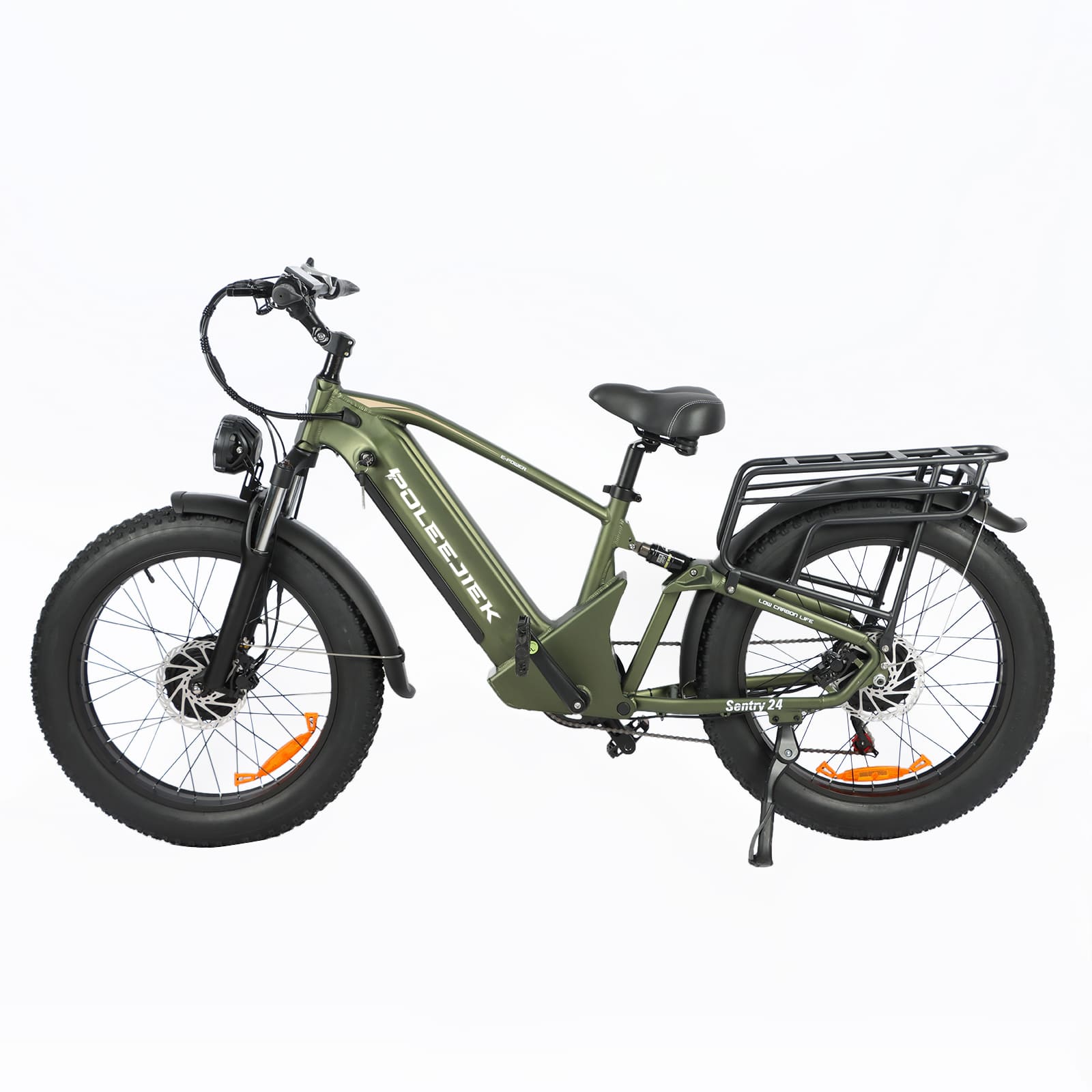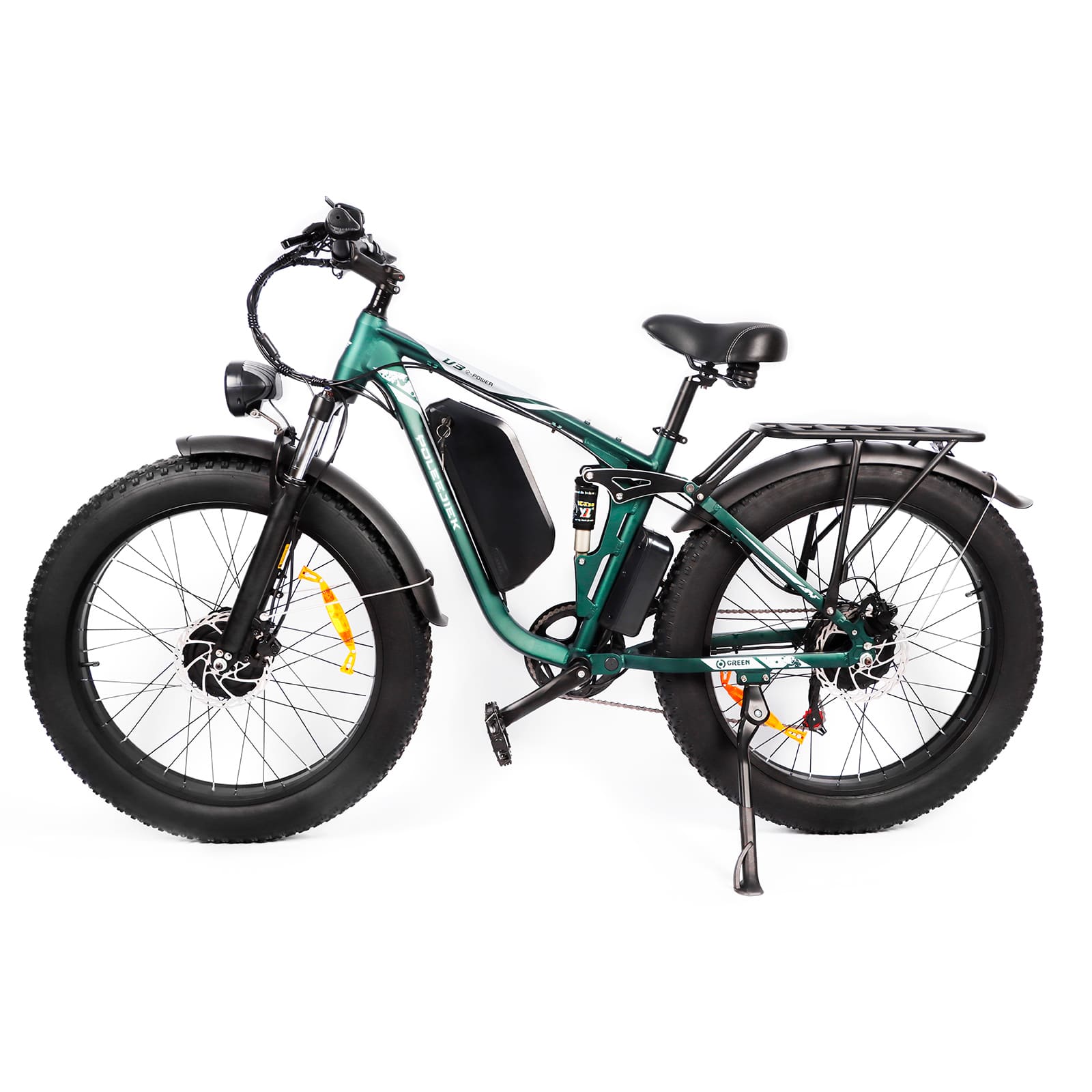How New US Tariff Rules Affect Electric Bike Imports: 2025-2027 Outlook for OEM Buyers
Learn how recent changes to US import tariffs and minimum exemption thresholds will reshape the electric bike supply chain, pricing, and B2B procurement strategies.
The electric bike industry is navigating a period of intense regulatory change. On July 7th, the White House announced an extension of the "90-day reciprocal tariff suspension period" until August 1st, giving importers a brief reprieve. But beyond that, major long-term policy shifts are on the horizon—most notably, the formal ending of the "minimum de minimis exemption" in 2027.
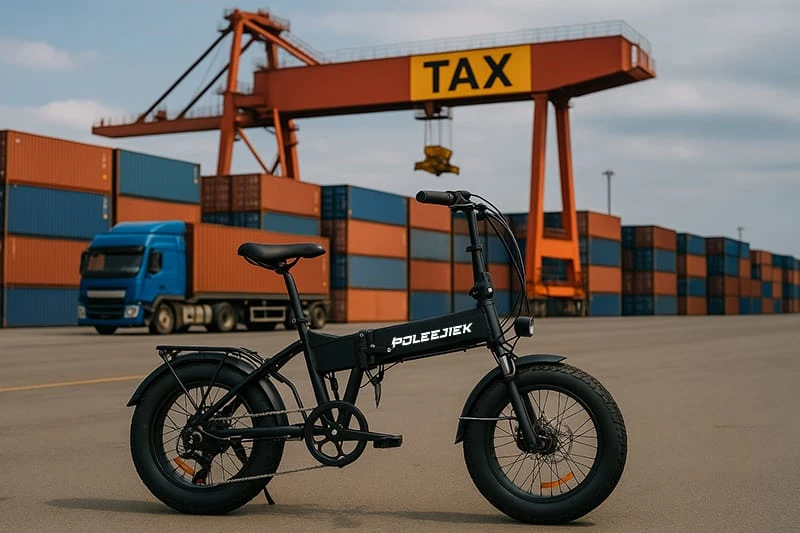
📌 What Is Changing? Key US Tariff Updates
- ✅ Reciprocal Tariff Pause Extended: The 90-day pause on certain tariffs now runs through August 1st. This measure temporarily eases costs for importers but does not resolve underlying trade tensions.
- ✅ End of Minimum Exemption by 2027: Under new legislation signed by former President Trump, the $800 "de minimis" threshold will be abolished on July 1st, 2027.
- ✅ New Rates: Shipments previously exempt under $800 will face a 30% tariff or a per-item fee (currently $25, set to rise to $50 after June 1st).
This move is designed to address complaints about unfair competition. Many retailers used the $800 exemption to ship direct-to-consumer while avoiding tariffs—undercutting traditional B2B importers paying full duties.
⚡ Impact on Electric Bike Imports from China
China remains the world's dominant source of electric bikes and components. Suppliers shipping via platforms like AliExpress, Temu, and Shein have long exploited the de minimis loophole to deliver small-value, direct-to-consumer orders tax-free. With this closing:
- 🔻 Costs for D2C sellers will surge due to new tariffs and fees.
- 🔻 Small-volume orders will become less competitive versus wholesale/B2B channels.
- 🔻 Consolidated B2B shipments, despite paying full duties, may gain an advantage on per-unit costs and logistics efficiency.
As a result, many buyers and brands will need to rethink their sourcing strategies—shifting toward higher-volume container shipments, local warehousing, and partnerships with OEM manufacturers who can optimize costs at scale.
🚀 Opportunities for B2B Buyers and OEM Partners
While higher tariffs raise landed costs, they also level the playing field. Serious B2B buyers can benefit from:
- ✅ Greater leverage to negotiate with OEMs on large orders.
- ✅ Tighter control over quality and compliance—avoiding issues with counterfeit or unsafe goods.
- ✅ Improved brand differentiation through customization and private labeling.
For example, at POLEEJIEK, we specialize in mid-drive motor ebikes, folding electric bikes, and cargo ebikes for the B2B market—offering OEM/ODM solutions tailored to meet new compliance and cost challenges.
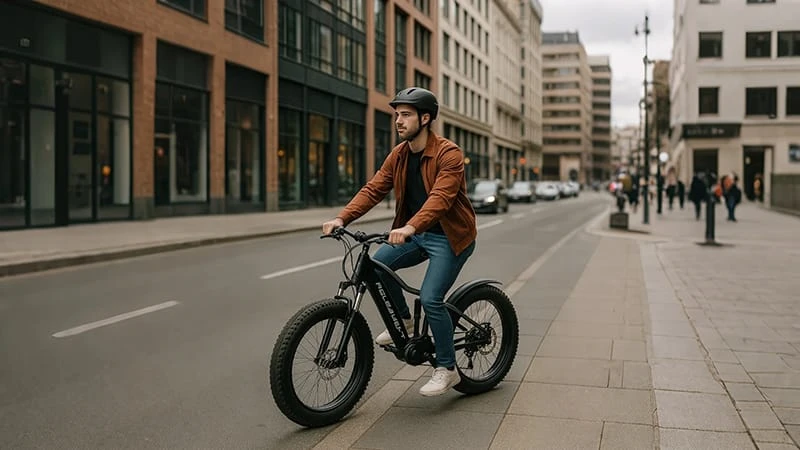
🛠️ Planning Ahead: How to Prepare for Tariff Changes
- ✅ Work with suppliers to consolidate shipments and reduce per-unit logistics costs.
- ✅ Plan long-term inventory strategies to mitigate sudden cost jumps.
- ✅ Invest in quality and certification to ensure customs clearance and brand trust.
- ✅ Build strong relationships with OEM/ODM partners to ensure flexibility in production and delivery.
🌍 Conclusion: Turning Challenges Into Opportunities
The end of the minimum exemption will transform the competitive landscape for electric bike imports. For B2B buyers, this is not just a cost increase—it’s a strategic pivot point. By working with trusted manufacturers and adopting smarter procurement models, businesses can maintain margins, ensure quality, and build stronger brands in the rapidly growing e-mobility market.
Interested in learning how POLEEJIEK can support your sourcing strategy? Contact us today to discuss your needs.



